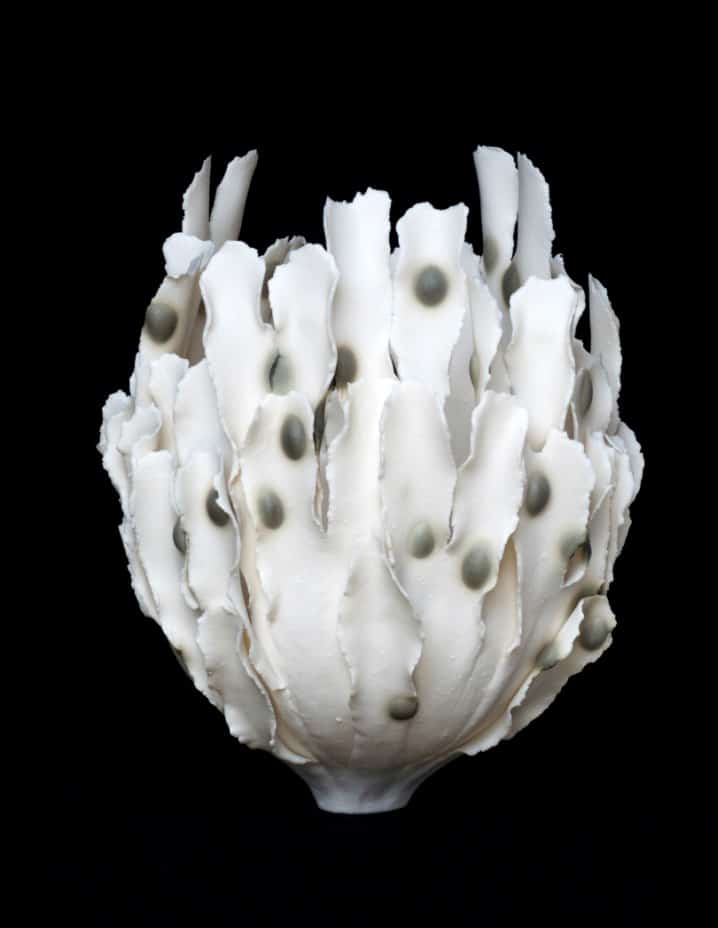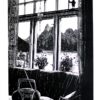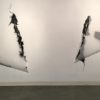Hard as glass, white as snow, translucent as a veil of silk, sounding divine when plaid on. Porcelain has fascinated for over 800 years, ever since the craftsmen of the T’ang dynasty in China (618-907 A.D.) found the secret of mixing white clay with feldspar or flint, and silica.
Porcelain was unknown to European potters until merchants began importing Chinese wares in the middle Ages. Europeans tried to duplicate it, but was unable to analyse its chemical composition. They did however manage to imitate its appearance, with a range of alternatives as result: soft-paste, glassy, or artificial porcelains.
The secret of making genuine porcelain was not discovered in Europe until 1707, when German Ehrenfried Walter von Tschimhaus and Johann Friedrich Bottger succeeded in combining clay with ground feldspar instead of the ground glass previously used. And as one say: the rest is history.
For Simon Lund Koefoed the fascination of clay and its inherent qualities, are the focal points of his ceramic work. Lund Koefoed uses the cleanest, whitest and most finely grained clay type available. Due to it´s plasticity, it may be formed into a myriad of shapes and structures, and when burned at 1280 degrees, it achieves great strength.
In recent years Lund Koefoed has moved from making functional ceramics towards unique pieces of art, based on the “bowl” or the “vase” as a theme. Inspired by the shiftings of sea waves and the shapes of seaweeds, his works are best described as sculptural ceramics, whose function is exclusively aesthetic.
Lund Koefoed transforms the heavy material of clay into magical shapes… so thin that the light can shine through the entire object and emphasize the structures and shadowing.
Lifting one of his objects, and watch the light float through it, is breath taking. It´s feels like holding light and air in your hands.
View works by Lund Koefoed in our gallery shop




